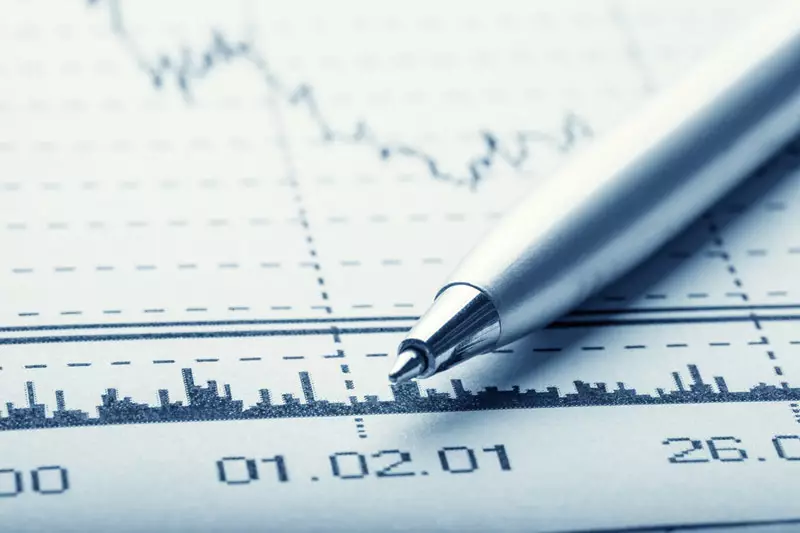The dollar experienced a rally on Thursday following a previous day of decline, as central banks continued to disrupt currency markets. The dollar index, which monitors the currency against six others, increased by 0.35% to 104.40. This rise came after it had fallen by 0.4% the day before when the Federal Reserve opted to maintain rates but hinted at potential rate reductions in September.
Sterling’s Decline
In response to the Bank of England (BoE) reducing interest rates from a 16-year high, sterling plummeted to a four-week low. It reached $1.2752 after the rate cut, marking its lowest point since early July. The pound was last down 0.51% at $1.279, showing a minimal recovery from its initial drop. BoE Governor Andrew Bailey emphasized caution in future rate adjustments, indicating a gradual approach to further reductions.
According to Chris Turner, the head of global markets at ING, geopolitical tensions and a slowing global economy are playing a role in supporting the dollar. Despite the Fed’s looming rate cuts, investors are seeking refuge in the dollar, known historically as a “safe haven” during times of uncertainty. Turner pointed out that the Middle East is experiencing real tensions, while the manufacturing sector is showing signs of recession in parts of Europe and Asia, contributing to the dollar’s attractiveness.
Japan’s yen faced a decline against the dollar, with the latter gaining 0.4% at 150.525 yen. This shift followed the Bank of Japan (BOJ) raising rates for the second time this year, which contrasted with the easing trend observed in other central banks. The yen’s substantial 7.3% leap in July, the strongest monthly performance since November 2022, was driven by Japanese authorities’ intervention to strengthen the currency and a narrowing of the U.S.-Japan interest rate gap.
Fed’s Employment Focus
Federal Reserve Chair Jerome Powell accentuated the importance of maintaining a healthy labor market during the recent Fed meeting. This emphasis highlighted the significance of the upcoming U.S. jobs report for July, which is anticipated to show a decrease in job additions compared to the previous month. Traders are now expecting significant easing by the Fed, with market expectations leaning towards sizable rate cuts based on future economic progress.
Central banks’ decisions and actions wield a substantial influence on currency markets. The dollar’s rally, sterling’s decline, the BOJ’s unconventional move, and the Fed’s focus on employment all contribute to the intricate dynamics shaping global currency exchanges. As geopolitical tensions persist and the global economy grapples with challenges, investors navigate these uncertainties by closely monitoring central bank policies and their impacts on currency valuations.

